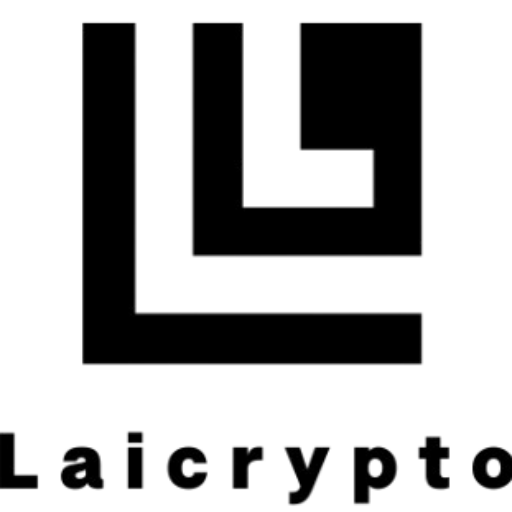Author: Michael Johnson
The crypto market is bracing for “Red September,” its historically worst month. The Crypto Fear and Greed Index has plummeted into the “fear” zone. Bitcoin is holding critical support around the 108,000 dollar level for now. A fragile and deceptive calm has settled over the cryptocurrency market as September begins, a quiet start to what history warns is the cruelest and most unforgiving month of the year. While prices are holding steady for now, a powerful undercurrent of fear is gripping traders, as seasonal weakness collides with a high-stakes macroeconomic picture, setting the stage for a potentially volatile and brutal…
Ryuta Aoki Ryuta is an artist, artistic director, conceptual designer, system architect, software engineer, entrepreneur, and social sculptor based in Tokyo. Ryuta describes his Learning Artifact, SOTOROJI, as part of a series of spatial devices that lead from the ordinary to the extraordinary, utilizing the modern social affordance of “seeing a QR code and scanning it with a camera,” just as soto-roji (the outer garden) in the Japanese tea ceremony serves as a space leading to a world of profound subtlety. SOTOROJI was featured as an art piece at the Devcon venue, viewed by thousands of attendees. Source link
As previously announced, the Holešky testnet has reached its planned end-of-life date and will be sunset shortly. The vast majority of remaining validator nodes will be shut down 2 weeks after the Fusaka upgrade has finalized on Holešky. After this, Holešky will no longer be supported by client, testing or infrastructure teams. Following the launch of the Hoodi testnet in March 2025, infrastructure providers and staking operators have had the opportunity to migrate their testing operations. Background Holešky was launched in 2023 as Ethereum’s largest public testnet, designed specifically for testing staking infrastructure and validator operations at scale. The network…
Bitcoin ETFs saw a $751 million net outflow in August, a first-ever event. Ethereum ETFs absorbed a massive $3.9 billion in net inflows in August. BTC’s price has fallen below key short-term holder cost basis levels. A stunning and unprecedented reversal has rattled the very foundations of the cryptocurrency market. For the first time since their celebrated launch, the institutional tide that carried Bitcoin to a record high has turned, with spot ETFs bleeding hundreds of millions of dollars in August. At the same time, a powerful and quiet current of capital has been flowing into Ethereum, signaling a potential…


